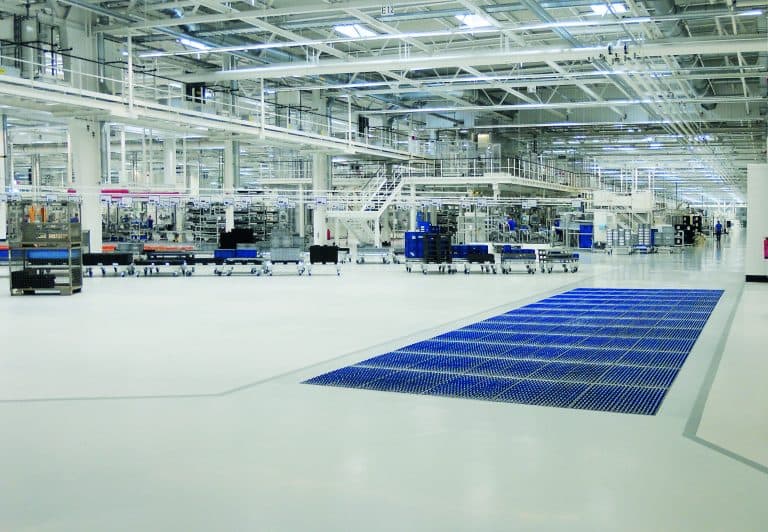
In order to make continuous improvements in manufacturing, you need to first eliminate the opportunities for errors and/or problems to occur.
Continuous improvement cannot easily be achieved if you are constantly fire-fighting or being reactive to the everyday – the whirlwind. Here we’ll run through 5 examples of how you can make continuous improvements in manufacturing.
#1 – Risk
Reduction of risk is one of the major risk management techniques. Taking precautionary measures to reduce the likelihood of a loss, or to reduce the severity of a possible loss, for example, installing a security system. Reducing risk can come in many forms and its importance differs dependent on your role. Reducing the risk of slip would feature heavily in the roles and responsibilities of an H&S Manager for example.
#2 – Information Technology
As product lifecycle becomes shorter or the drive for productivity increases, manufacturers are keen on just-in-time deliveries which demand improved robotic responsiveness and flexibility. According to Robotics.org, industrial robot sales are expected to sustain a rapid rate of growth through to 2020. For decades, the automotive industry was the major driver of growth in industrial robots but growth is now visible across a multitude of industries. With this comes the increased demand for automated guided vehicles (AGVs) to keep up with the fast and lean manufacturing processes of today.
#3 – Quality
Monitoring quality control defects to determine root cause and identify improvements to designs, parts, processes, materials, methods and controls is a constant and ever moving cycle of continuous improvement. Whilst somewhat reactive in measure, continuous quality improvement can also be proactive in nature. We’ll come on to that later.
#4 – Processes
If you concentrate on nurturing the process, the results will come as a natural consequence. Everyone has processes and every process can be improved. Unintended variation in our processes leads to undesirable variation in the outcomes of our processes. A proper continuous improvement focus is to simplify the process, proactively eliminate the opportunities for errors and you get lean manufacturing.
#5 – Assets
When you make anything on a large scale (i.e. manufacturing) you need assets. These being the likes of machinery, logistic equipment, robotics, resource (products, material and manpower) etc. Protecting these assets, some of which are Capex, on a day to day basis reduces depreciation, maintenance, lost or reduced productivity and on the plus side improves continuous flow, helping to maintain your brand image and potential retail customers contracts.
One asset that can help you achieve continuous improvements in all of the above is ProfilGate®. Trusted by a long list of global manufacturing brands to keep contamination out at the source.
| Reducing | Increasing / Improving |
|
|
Let’s look at a short case study.
A Tier 1 Auto Manufacturer trialled ProfilGate®. In just 3 weeks, the patented entrance matting system collected 10KG of contamination (which equates to 173KG over 12 months). That’s just one mat, one entrance point. When it comes to keeping contamination from dirt, dust and moisture out at source, there’s nothing in the world like ProfilGate®.
